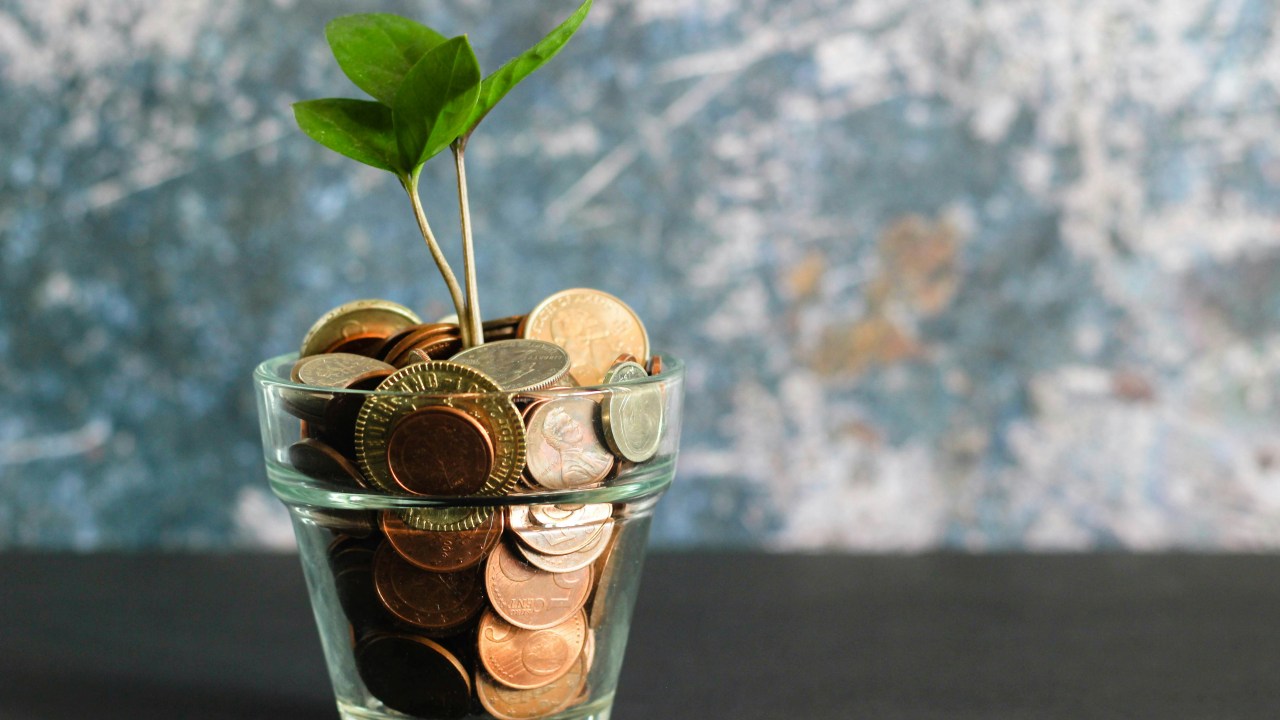
This tipsheet summarizes the transcript of a webinar presented by Charles Katzenmeyer, Eowyn Bates, Amy Burt, Shannon Joern, and Ginevra Ranney. It was developed with the help of ChatGPT.
Building museum resilience begins with diversifying revenue sources and creating long-term philanthropic partnerships. Philanthropy—and its symbolic and lucrative community-centered sibling, membership—are essential to the sustainability of all museums. This tipsheet summarizes the insights of a group of development leaders who spoke about securing their institutions’ futures in the webinar.
Consider Endowments
Building an endowment can provide a stable source of long-term funding to support your museum’s work, respond to uncertain economic conditions, and take pressure off your development team. An endowment can also signal to the community and donors that the organization is thinking long-term and building assets for its own future sustainability.
- Build Reserves: Start by ensuring your museum has healthy reserves before pursuing endowment giving. These reserves act as a financial safety net for emergencies and provide a foundation for long-term financial stability.
- Educate Your Board: Ensure your board understands how endowments work and how they can support the museum’s financial sustainability. A knowledgeable board is more likely to support endowment initiatives.
- Determine Your Management Structure: Decide whether to manage endowment investments in-house or outsource them. Consider factors such as staffing, expertise, and cost-effectiveness. Having a clear management structure in place ensures efficient oversight and maximizes the benefits of the endowment.
Foster Fundraising
Strong fundraising can enable your museum to better meet its mission, vision, and values; align resources and activities with its goals and impact; diversify income sources and increase the donor base; and foster a culture of innovation and experimentation.
-
Set Realistic Objectives: Establishing realistic goals and prioritizing feasible fundraising objectives that are aligned with the museum’s mission will set the museum up for success. Focus on initiatives that resonate with donors and have the potential for significant impact.
- Celebrate Milestones: Utilize milestones and anniversaries as opportunities to reconnect with donors, showcase the museum’s impact, and strengthen relationships.
- Develop Creative Engagement Strategies: Incorporate live performances, storytelling, or interactive elements to captivate donors’ attention and create memorable experiences that reinforce the museum’s mission and impact.
Engage Donors
Continually engaging donors is critical to sustaining philanthropic support and fostering lasting relationships. By actively engaging contributors, museums create a sense of community, acknowledge their vital role, and ensure the continuity of their impactful work. Through personalized interactions, events, and transparent communication, museums can cultivate a symbiotic relationship, turning supporters into advocates and partners in their shared pursuit of knowledge and creativity.
- Positive Experiences: Ensure positive donor experiences by paying close attention to details that enhance their satisfaction and demonstrate the museum’s commitment to hospitality and professionalism.
- In-Person Engagement: Prioritize events and activities that facilitate face-to-face interactions between donors, museum staff, and leadership, fostering personal connections and donor loyalty.
- High-Touch Interactions: Emphasize high-touch interactions with donors and invest time and effort in building meaningful relationships with them, acknowledging their individual interests and preferences.
- Build Connection Through Travel: Organize visits to other museums or relevant locations to provide donors with unique experiences to deepen their connection with the museum.
- Educational Communications: Provide donors with insights into the museum’s programs, initiatives, and achievements, emphasizing the value of their support in advancing the museum’s goals and serving the community.
- Inclusivity and Engagement: Extend invitations and opportunities to all stakeholders, regardless of their past engagement levels, to foster a sense of belonging and inclusivity within the donor community.
- Inclusive Event Planning: Provide menu options that cater to various dietary requirements and preferences to create welcoming and inclusive environments.
For additional information on diversifying revenue sources and creating long-term philanthropic partnerships, watch the 60 Ideas in 60 Minutes: Museum Philanthropy & Membership Post Pandemic webinar.








